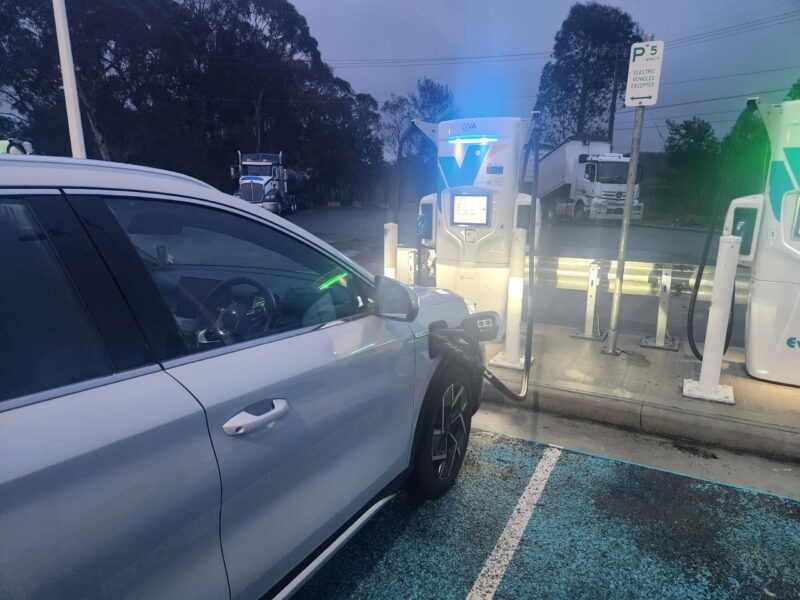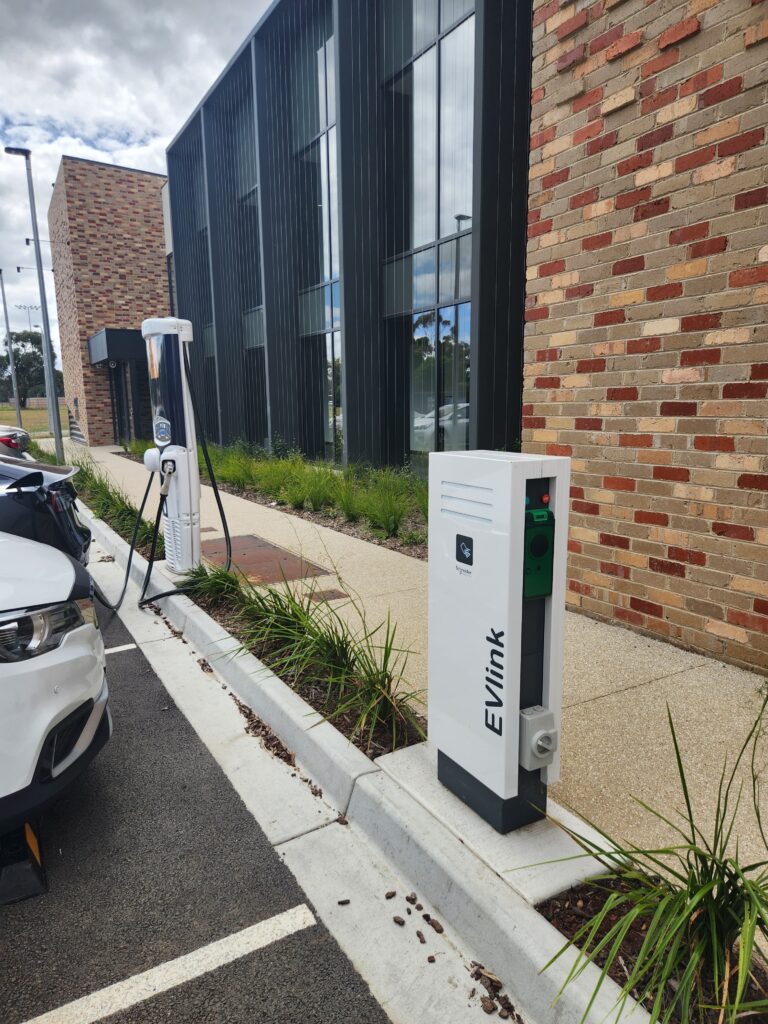Empowering Mobility: Navigating Seamless Access to Public Charging Infrastructure.

March 26, 2024
As the electric vehicle (EV) landscape in Australia expands, businesses committed to sustainable fleets are confronted with the pivotal challenge of ensuring seamless access to public charging infrastructure. In this article, we delve into the challenges and prospects associated with public charging, offering insights on accessibility, comprehending the evolving infrastructure, and empowering businesses to seamlessly integrate electric mobility into their operations.
The imperative shift towards sustainable transportation gains significance as the transportation industry contributes over 20% of CO2 emissions, slated to become the largest polluter by 2030. Electric vehicles (EVs) emerge as a promising solution for this eco-friendly revolution, underscoring the critical need for a robust integration between home, warehouse, and public charging infrastructure.
Public charging stations play a pivotal role in dispelling range anxiety, a deterrent for potential EV adopters, by providing a convenient solution for recharging on the go. As urban centres and highways witness a surge in charging stations, organisations can confidently undertake longer journeys, expanding the appeal of electric vehicles to a broader audience.
Examining the current state of charging infrastructure reveals over 500 fast charging stations in Australia, a number rapidly increasing. However, the landscape’s complexity is growing with the advent of new charging networks each year, each introducing its charging apps. These apps furnish real-time information on station availability, compatibility, and pricing, empowering fleet managers to strategise routes and optimise charging stops. Nevertheless, the proliferation of apps poses a challenge, compelling drivers and fleet managers to navigate multiple platforms and obtain new RFID cards, new apps add friction to the charging process.
Fleets, with diverse needs and expectations, range from those content with overnight or home charging to those necessitating frequent public charging due to extended daily routes or financial constraints hindering private infrastructure installation. The commercial transition to EVs, notably in the industry sector, lags behind individual adoption, necessitating a strategic approach to bolster confidence in charging infrastructure and enhance the return on investment (ROI) for fast charging networks.
The solution lies in fostering collaboration and partnerships between fleets and a centralized platform that provides streamlined access to all charging stations with just a few clicks. Why is this crucial?
Fleets require access to a diverse range of charging stations for optimal vehicle top-ups, much like the absence of brand loyalty in the fossil fuel sector. The ability to charge at the nearest stations is a key consideration.
Access to multiple charging stations is vital for fleets to optimize routes, reduce downtime, and enhance operational efficiency.
Cost transparency is paramount, as fleets seek to avoid spending countless hours navigating multiple apps to compile charging invoices within their operational costs.
Seamless connectivity enables businesses to monitor charging activities, assess efficiency, and make data-driven decisions for optimizing their electric fleets.
As organizations gear up to track their carbon emissions, reporting the source of energy and CO2 becomes a pivotal aspect of their environmental accountability.
By forging collaborative partnerships and embracing centralized platforms, businesses can proactively address the challenges posed by public charging infrastructure, thereby propelling the integration of electric mobility into their operational fabric.


